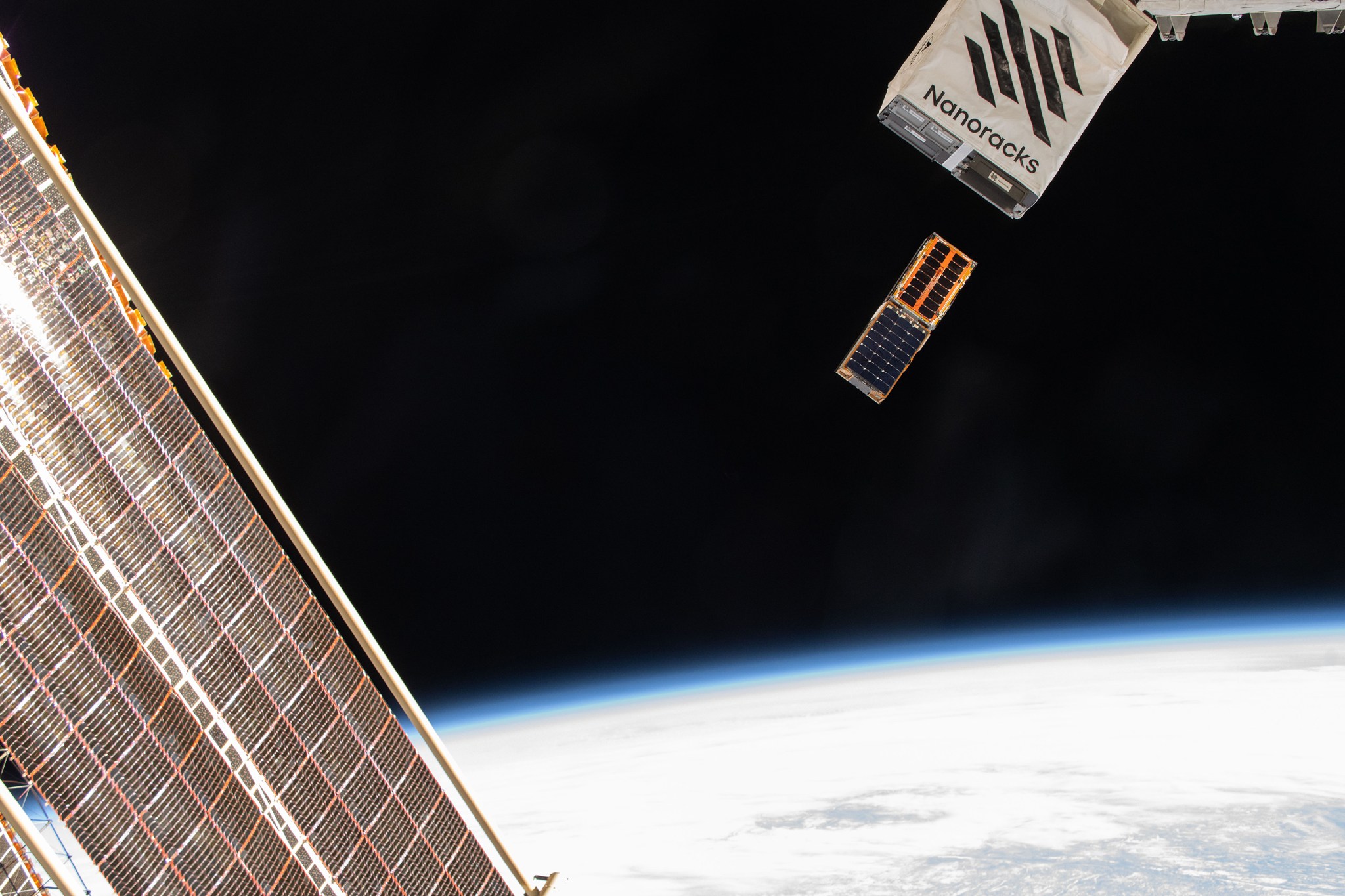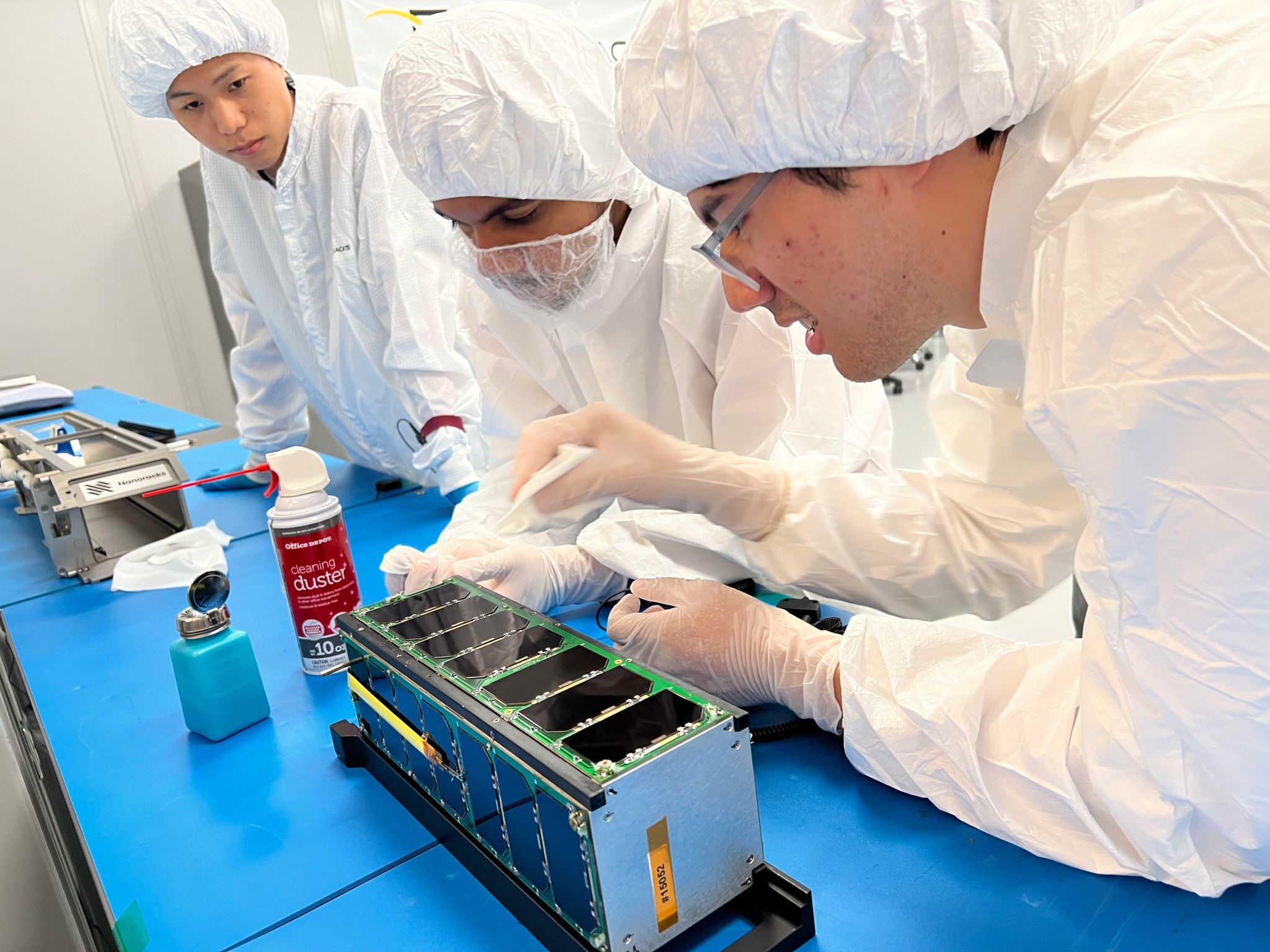3 min read NASA’s Mini BurstCube Mission Detects Mega Blast The shoebox-sized BurstCube satellite has observed its first gamma-ray burst, the most powerful kind of explosion in the universe, according to a recent analysis of observations collected over the last several months. “We’re excited to collect science data,” said Sean Semper, BurstCube’s lead engineer at NASA’s Goddard Space Flight Center in Greenbelt, Maryland. “It’s an important milestone for the team and for the many early career engineers and scientists that have been part of the mission.” The event, called GRB 240629A, occurred…
Read MoreTag: BurstCube
NASA’s Tiny BurstCube Mission Launches to Study Cosmic Blasts
4 min read NASA’s Tiny BurstCube Mission Launches to Study Cosmic Blasts BurstCube, shown in this artist’s concept, will orbit Earth as it hunts for short gamma-ray bursts. NASA’s Goddard Space Flight Center Conceptual Image Lab NASA’s BurstCube, a shoebox-sized satellite designed to study the universe’s most powerful explosions, is on its way to the International Space Station. The spacecraft travels aboard SpaceX’s 30th Commercial Resupply Services mission, which lifted off at 4:55 p.m. EDT on Thursday, March 21, from Launch Complex 40 at Cape Canaveral Space Force Station in…
Read MoreNASA Selects New Round of Candidates for CubeSat Missions to Station
Students from the University of Michigan work on their Measurement of Actuator Response and In Orbit (MARIO) CubeSat which launched to the International Space Station in November 2022. Photo credit: University of Michigan NASA selected 10 small research satellites across eight states to fly to the International Space Station as part of the agency’s efforts to expand education and science opportunities, support technology advancement, and provide for workforce development. These small satellites, or CubeSats, use a standard size and form measured in units. One unit (1U) is 10x10x11 centimeters and…
Read More

